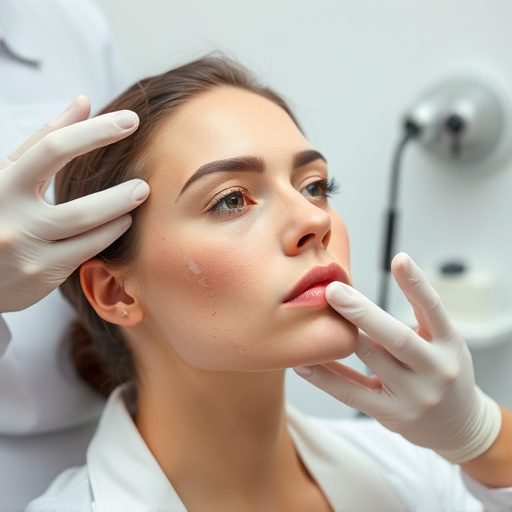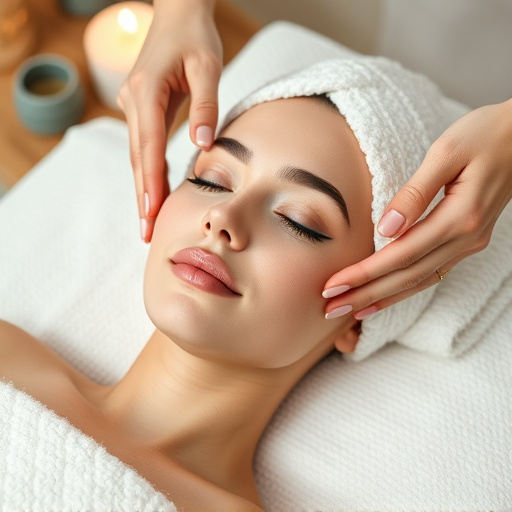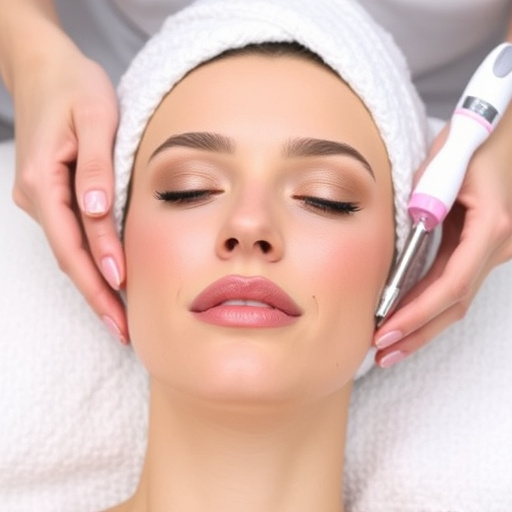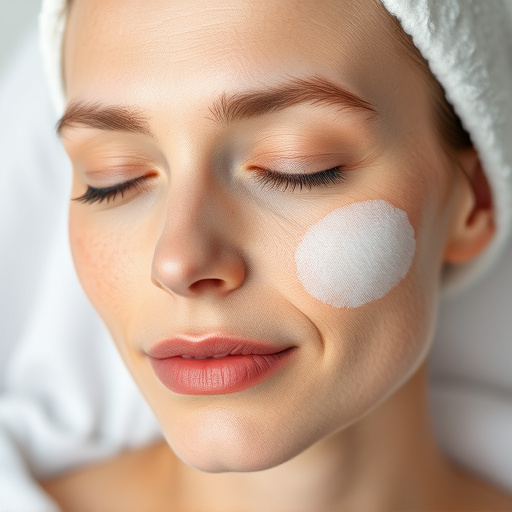Skin resurfacing treatments like chemical peels, microdermabrasion, and laser resurfacing offer effective solutions for improving skin texture and appearance, targeting wrinkles, pores, and overall skin health. However, these procedures carry risks of irritation, scarring, and hyperpigmentation if not performed correctly by a qualified professional. Personalized skincare is crucial, with expert guidance ensuring optimal results and minimizing complications. Skilled dermatologists and estheticians assess individual needs, provide tailored care pre- and post-procedure, and manage potential side effects. Relying on their expertise allows individuals to achieve enhanced skin brightening and rejuvenation while avoiding adverse reactions or permanent damage.
Skin resurfacing, a sought-after aesthetic procedure, offers various benefits but demands meticulous professional guidance. This article delves into the intricacies of this treatment, exploring its types and potential risks. We emphasize the pivotal role of experts in ensuring safety and effectiveness. Furthermore, we elucidate why skilled post-treatment care is indispensable for maintaining optimal skin health. Understanding these aspects is crucial when considering a skin resurfacing treatment for achieving desired results without complications.
- Understanding Skin Resurfacing: Types and Potential Risks
- The Role of Professionals in Ensuring Safe and Effective Results
- Why Skilled Guidance is Essential for Optimal Skin Health Post-Treatment
Understanding Skin Resurfacing: Types and Potential Risks
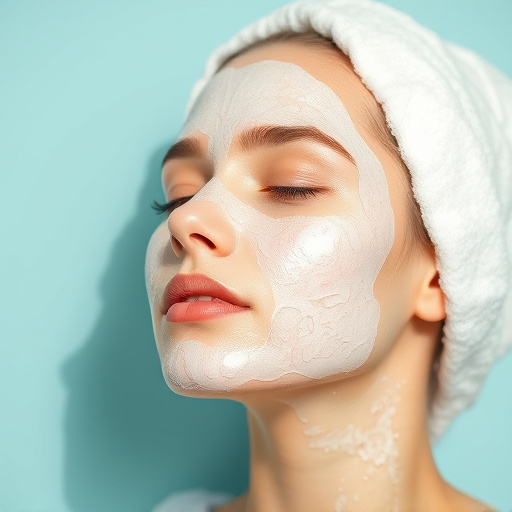
Skin resurfacing is a cosmetic procedure that involves altering the surface layer of the skin to improve its appearance and texture. It’s a broad term encompassing various treatments, each with unique goals. For instance, chemical peels use chemicals to gently exfoliate the skin, removing dead cells and stimulating new growth. Microdermabrasion, on the other hand, uses fine crystals or a special tool to gently sand away the top layer of skin. Laser resurfacing, a more advanced technique, uses concentrated light beams to burn off damaged skin, promoting the growth of smoother, healthier skin below.
While these treatments offer significant benefits like wrinkle reduction and pore refinement, they also carry potential risks. Unforeseen complications may arise, especially if not performed by a qualified professional. Improper application of chemicals or aggressive scraping can lead to skin irritation, scarring, and hyperpigmentation. It’s crucial to understand that personalized skincare is key; what works for one person might not be suitable for another. Therefore, seeking expert guidance before undergoing any skin resurfacing treatment is essential for achieving optimal results and minimizing risks.
The Role of Professionals in Ensuring Safe and Effective Results
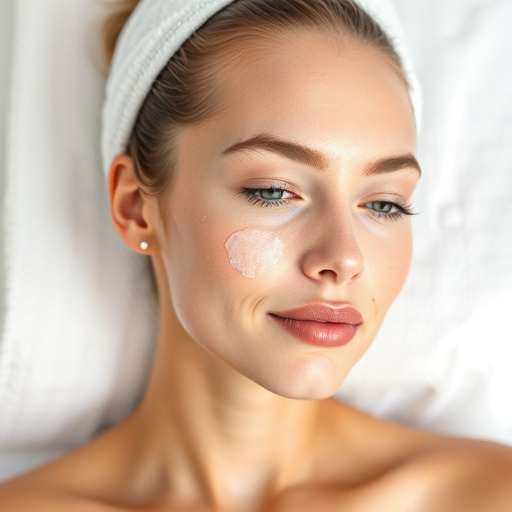
When considering skin resurfacing treatments like microneedling therapy or chemical peels, it’s crucial to understand that professionals play a vital role in ensuring safe and effective results. These advanced procedures aim to transform the skin’s surface and rejuvenate its appearance, tackling issues like acne scars, wrinkles, and hyperpigmentation. However, without proper guidance, they can lead to adverse reactions, infections, or permanent damage.
Experienced dermatologists and estheticians possess the expertise to assess individual skin types, diagnose underlying conditions, and tailor treatments accordingly. They guide patients through pre- and post-procedure care, managing expectations and providing essential advice for optimal recovery. By relying on professionals, individuals can benefit from enhanced skin brightening and rejuvenation, achieving the desired outcomes without putting their skin at risk.
Why Skilled Guidance is Essential for Optimal Skin Health Post-Treatment
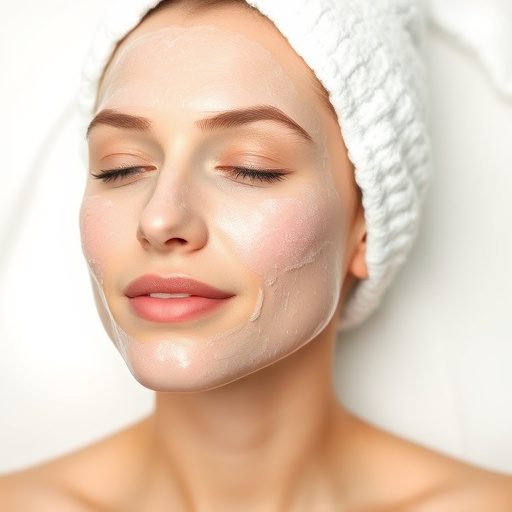
Post-skin resurfacing treatment, skilled guidance is essential for optimal skin health. The healing process requires careful monitoring and adjustments specific to each individual’s unique skin response. Unqualified personnel may not recognize subtle changes or complications that could impact long-term results. Professional experts are trained to handle various post-treatment conditions, from managing redness and swelling to addressing potential side effects like hyperpigmentation or texture irregularities.
Additionally, these professionals can offer tailored advice on skincare routines, sun protection, and lifestyle adjustments to support the skin’s recovery. They guide patients on when and how to reintroduce certain products or procedures, such as laser hair removal, skin tightening, or rejuvenation treatments, ensuring a safe and effective path to achieving healthy, vibrant skin.
Skin resurfacing, while offering promising results, is a complex procedure that requires professional guidance to ensure safety and effectiveness. As discussed in this article, understanding the various types and potential risks is crucial. Skilled professionals play a vital role in navigating these complexities, providing tailored solutions, and minimizing adverse outcomes. Moreover, optimal skin health post-treatment demands expert advice on aftercare, as it directly influences long-term results. Therefore, always consult professionals for skin resurfacing treatment to achieve the best possible outcomes.








